10 March 2025
Social media has become an inseparable part of our daily lives. From sharing personal moments to following the latest trends, it’s everywhere, all the time. And our young athletes? They’re no different. High school sports, which used to be confined to the local community, are now on display for the world to see. Whether it’s a viral highlight reel or a motivational post from an aspiring athlete, social media is deeply embedded in the high school sports scene. But is it really all sunshine and rainbows? Or are there shadows lurking in the form of social media's impact?
Let’s dive into the ways social media is shaping high school sports and whether it's a boon or bane for young athletes.

The Positive Side of Social Media in High School Sports
1. Building Personal Brands Early
Social media allows young athletes to showcase their talents to a much wider audience than ever before. Back in the day, you had to rely on local scouts or coaches to recognize your skills. Now, with platforms like Instagram, TikTok, and Twitter, a single viral video can put a high school athlete on the radar of college recruiters, sports agencies, and even professional teams.Imagine a high school basketball player sinking a half-court buzzer-beater. Back in the 90s, only the people in the gym would witness that moment. Today? That clip could be shared thousands of times, potentially reaching ESPN's highlight reel. Athletes can craft their story, highlight their achievements, and even express their personality, which can make them more attractive to recruiters.
2. Scholarship Opportunities
It’s not all about the likes and followers; social media can directly impact a high school athlete’s future. College recruiters now use platforms like Twitter and Instagram to find potential scholarship recipients. Athletes who maintain a positive online presence, regularly post their achievements, and engage with their fans can get noticed far beyond their local region.In fact, many coaches now consider an athlete's social media presence as part of their recruiting process. They want players who are not only talented but also smart about how they present themselves. So, in a way, social media has become a digital resume for young athletes.
3. Finding Inspiration and Motivation
Athletes are no strangers to the mental and physical hurdles of their sport. Social media has provided a platform where they can find inspiration, whether it's from professional athletes, motivational speakers, or even their peers. Platforms like YouTube offer a treasure trove of training videos, while Instagram and TikTok are filled with stories of perseverance and triumph.For instance, an athlete might follow a professional player they admire and see that even the best in the world face challenges. This type of content can motivate young athletes to push through difficult times, knowing that setbacks are part of the journey.
4. Fostering Team Spirit
Social media isn’t just about individual athletes; it’s also about teams. High school sports teams now have their own pages, where they can share updates, behind-the-scenes moments, and celebrate successes. Whether it’s a video of a team huddle before a big game or a shoutout to a player for a standout performance, social media helps build a sense of community.Not only does this foster team spirit, but it also brings the community into the fold. Parents, friends, and fans can follow along, providing encouragement and support. This kind of widespread visibility can make the entire team feel more connected and motivated to perform their best.
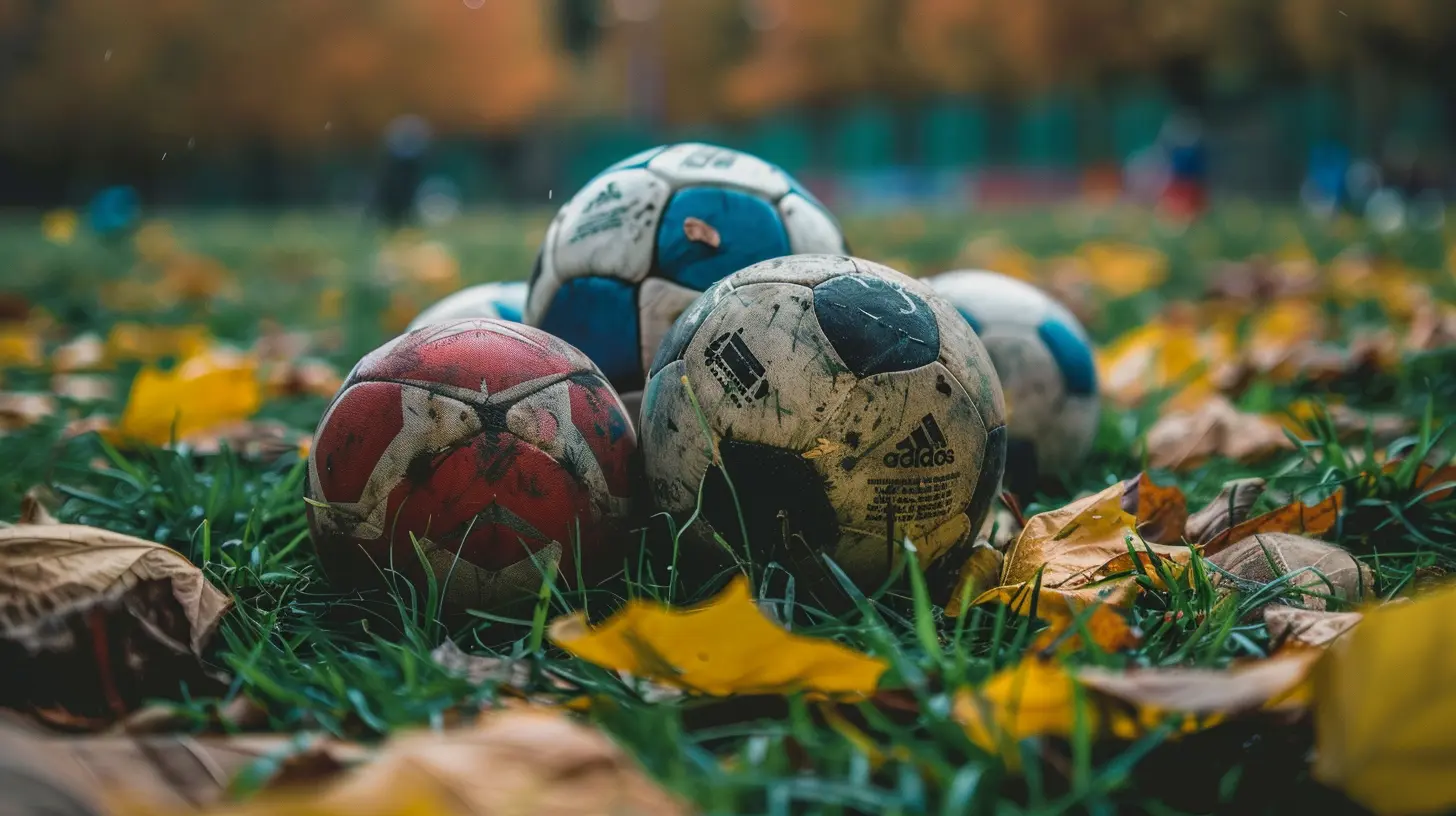
The Dark Side of Social Media in High School Sports
While all that glitters might seem gold, there’s also a darker side to social media in high school sports. Behind the likes and shares, several challenges can arise for young athletes.1. Pressure to Perform
With the ability to broadcast every play, every game, and every workout, there’s an added pressure on athletes to constantly perform at their best. Young athletes might feel compelled to create highlight reels of their best moments, leading them to focus more on making “Instagram-worthy” plays rather than playing for the love of the game.This constant pressure to perform can lead to burnout. Instead of enjoying the sport, athletes might begin to feel like they’re always “on stage,” trying to impress their followers, coaches, and potential recruiters. The fun can quickly turn into stress.
2. Cyberbullying and Negative Comments
Let’s not sugarcoat it: the internet can be a cruel place. As exciting as it can be for a young athlete to have their moment of fame, it also opens the door to criticism. A missed shot, a bad game, or even a personal photo can attract negative comments, and for a teenager, that can be devastating.Cyberbullying is a real issue, and young athletes are not immune. The pressure to maintain a perfect image online can lead to anxiety and self-esteem issues. While thick skin can help, it’s often tough for teens to brush off hurtful comments, especially when these comments are coming from people hiding behind the anonymity of the internet.
3. Distraction from Schoolwork and Other Responsibilities
Let’s be real—social media is a time-suck. Between scrolling through Instagram and watching endless TikToks, hours can slip by. For high school athletes, who are already juggling schoolwork, practice, and games, social media can quickly become a distraction.Instead of focusing on studying or getting enough rest, some athletes might prioritize increasing their follower count or posting the perfect picture. This can lead to poor academic performance, lack of sleep, and even worse—injuries from overtraining or exhaustion.
4. Creating Unrealistic Expectations
We’ve all seen those picture-perfect posts on Instagram: flawless action shots, smiling faces, and captions full of positivity. But reality? It’s rarely that perfect. Social media often promotes an idealized version of life, and for high school athletes, this can create unrealistic expectations.They might feel like they need to be perfect both on and off the field. Whether it’s comparing themselves to other athletes or trying to live up to the image they’ve created online, this can create immense pressure. The result? Decreased confidence, frustration, and even depression when they fail to meet these impossible standards.
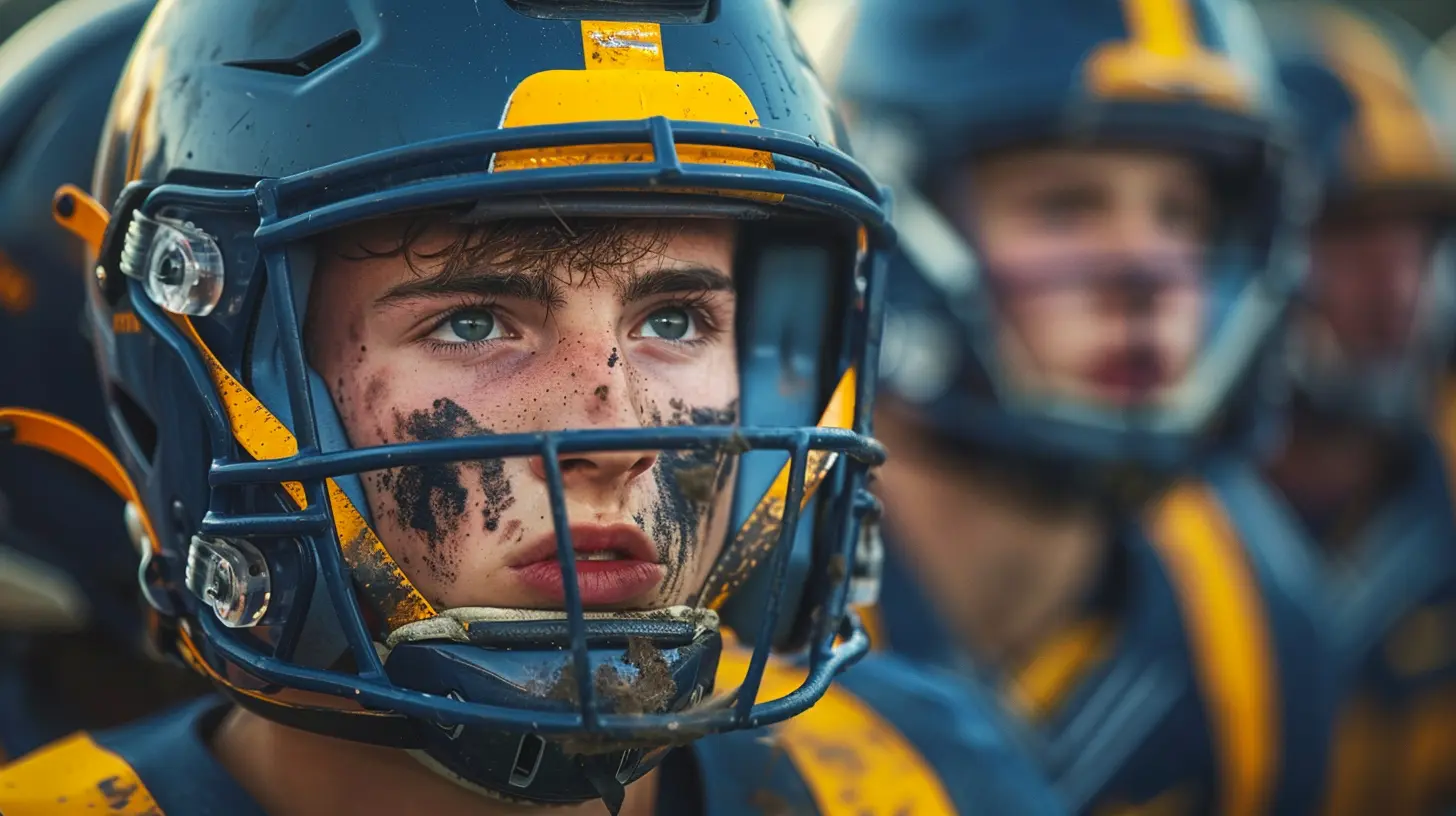
How Can We Strike a Balance?
So, is social media a boon or a bane for high school sports? Honestly, it’s both. Like any tool, it depends on how it’s used. The key is to find a balance and ensure that the positives outweigh the negatives.1. Parental and Coach Guidance
Parents and coaches play a crucial role in helping young athletes navigate the world of social media. It’s important for them to have open conversations about the potential pitfalls of online platforms. Encouraging athletes to use social media responsibly and for the right reasons can help prevent many of the issues we’ve discussed.2. Setting Boundaries
Athletes themselves need to set boundaries. This could mean limiting the amount of time spent on social media or being selective about what they post. It’s important to remember that social media is just a highlight reel—it’s okay to have off days, both in life and in sports. By setting boundaries, athletes can stay focused on what really matters: their game, their academics, and their personal well-being.3. Focusing on Mental Health
Mental health should always be a priority. With the constant pressures of social media, athletes need to know that it’s okay to step away. Taking breaks from online platforms, practicing mindfulness, and seeking support when needed can help athletes maintain their mental and emotional health.4. Using Social Media for Good
Finally, athletes should be encouraged to use social media for positive purposes. Whether it’s sharing motivational content, supporting teammates, or raising awareness for important causes, social media can be a force for good. By focusing on the positive aspects of these platforms, athletes can make a meaningful impact on their community while avoiding many of the negatives.
Conclusion: Boon or Bane?
At the end of the day, social media is neither inherently good nor bad—it’s all about how it’s used. For high school athletes, social media offers incredible opportunities to showcase their talents, build their personal brands, and even secure scholarships. However, it also comes with potential dangers, from cyberbullying to the pressure of maintaining a perfect image.The key is balance. With the right guidance, boundaries, and focus on mental health, social media can be a powerful tool for young athletes. It’s important for athletes, parents, and coaches to work together to ensure that social media enhances, rather than hinders, the athletic experience.

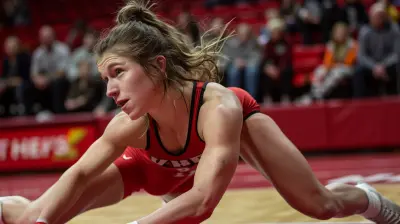
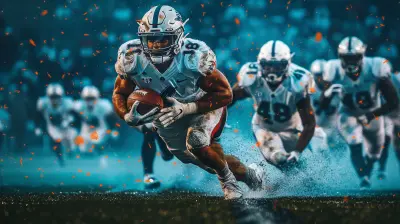
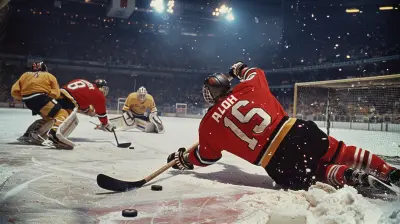

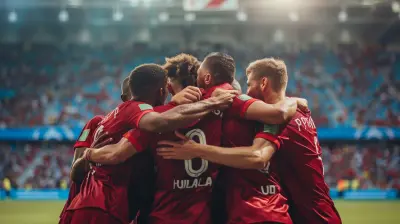
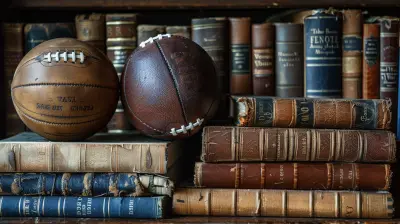


Raine Bennett
Great article! It’s fascinating how social media shapes high school sports, offering both opportunities and challenges. Finding a balance is key for young athletes’ development.
April 2, 2025 at 12:06 PM